Leiria offers visitors a blend of culture, history and beautiful landscapes. The city delights visitors with its rich heritage and significant monuments. One of the most important monuments is the 12th-century Leiria Castle, perched on a hill overlooking the city.Built in the 16th century, the magnificent Gothic cathedral houses a collection of art and religious artifacts. Leiria has numerous squares and charming streets.
Praça Rodrigues Lobo, the city’s main square, is bustling with life and filled with cafes, shops, and bustling street performers. The nearby Serra de Aire e Candeeiros Natural Park is a protected area characterized by steep hills with limestone caves and diverse flora and fauna. Hiking trails lead through the park, offering breathtaking views of the surrounding wildlife.
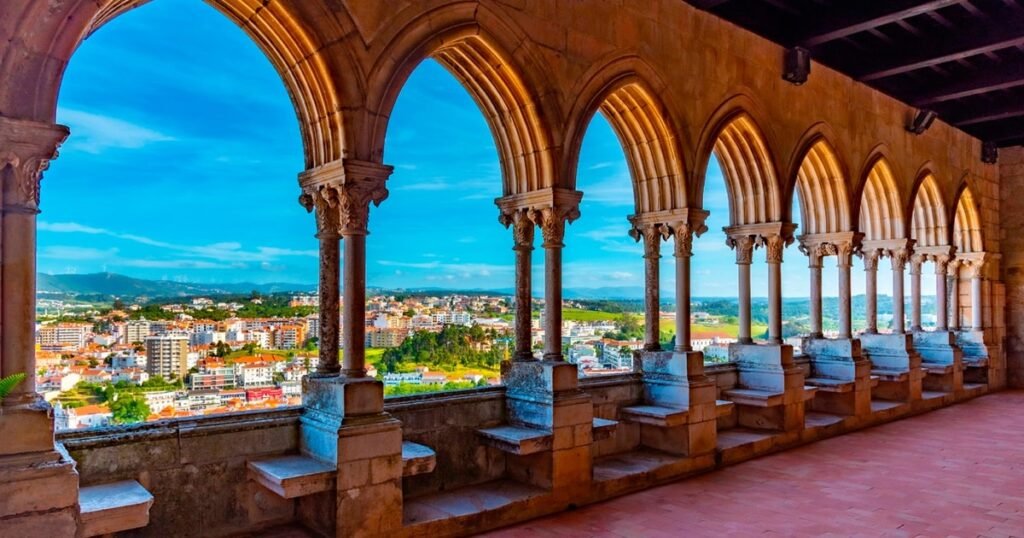
Location
Leiria is located in west-central Portugal. The city is 115 km north of Lisbon, a few miles inland from the Atlantic.
Lis River
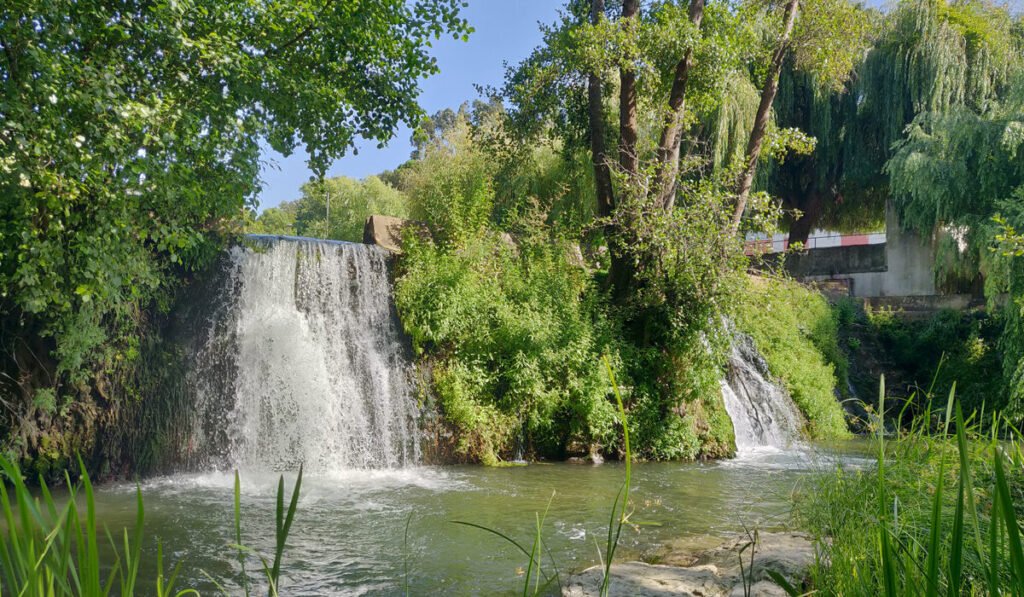
Theadwater of the Lis river, a river that crosses the city of Leiria and flows into Praia da Vieira. An amazing place to visit during the winter and after some heavy rain.
This spring, known as the “Nascente do Rio Lis” in Portuguese, is the starting point of the Lis River, which flows for approximately 85 kilometers before emptying into the Atlantic Ocean. The river and its tributes have historical and cultural significance, with the area around the river’s source being a popular tourist destination.
Leiria Castle
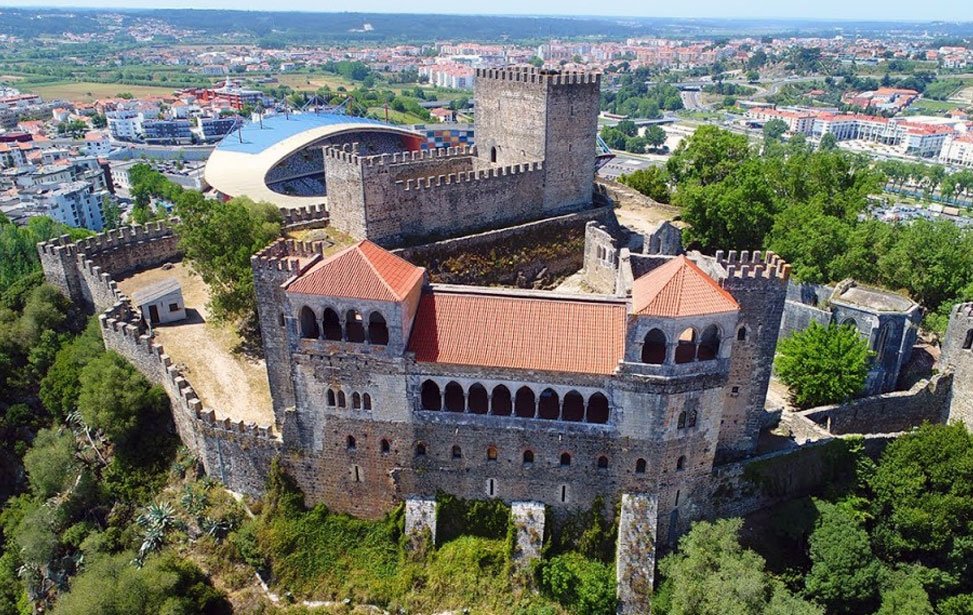
Leiria Castle, built in the 12th century, is a fusion of Romanesque and Gothic styles. The castle grounds include the Church of Our Lady of Pena, former royal palaces, and a keep tower offering panoramic views of the city and surrounding area. Over the centuries, the castle has been restored and now serves as a cultural center, hosting events and exhibitions.
Cathedral of Leiria
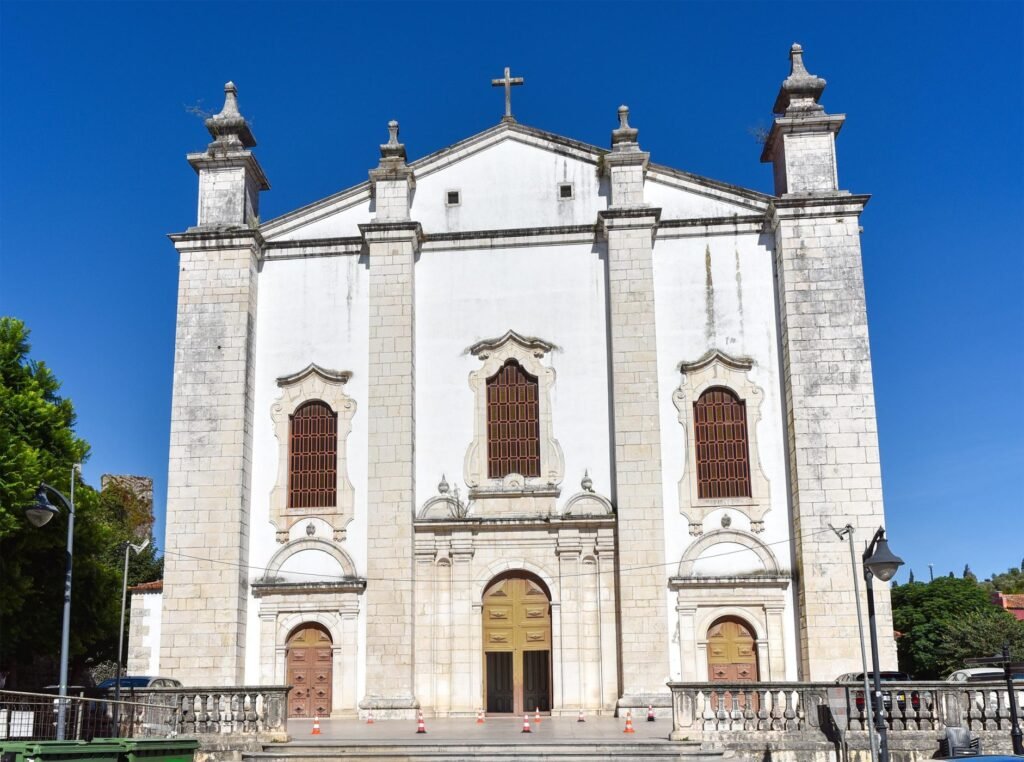
The Cathedral of Our Lady of the Immaculate Conception, located in Leiria, Portugal, is a magnificent example of 16th-century Hospitaller architecture. The building has undergone numerous transformations over the years due to natural disasters and historical events. Despite its simple exterior, the interior is characterized by a harmonious arrangement of three naves of equal height.
St Peter’s Church
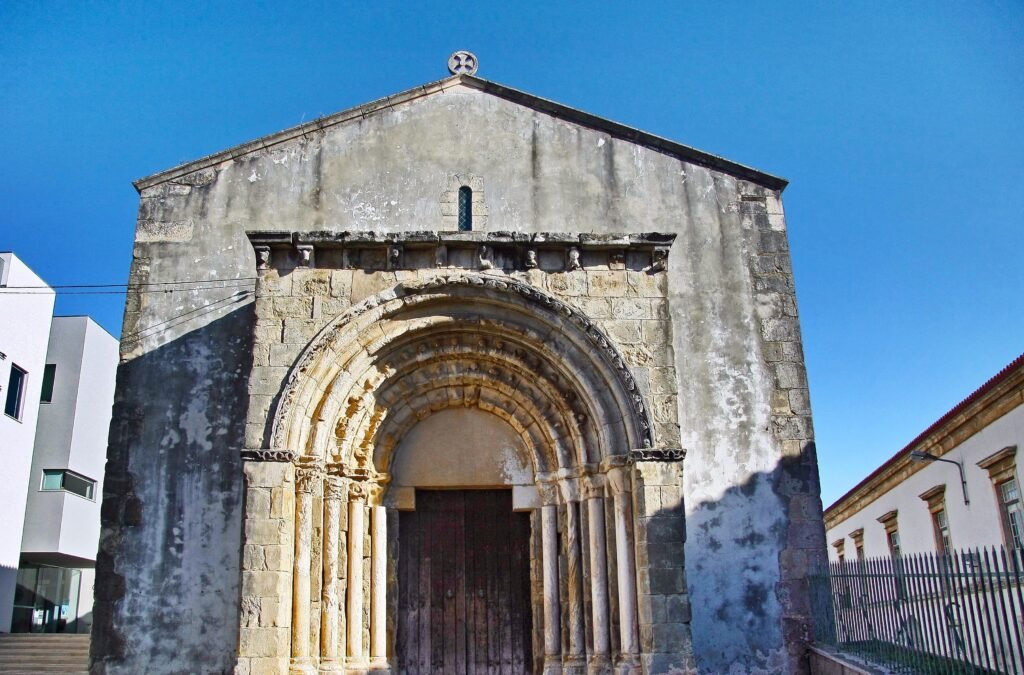
St. Peter’s Church, built in the early 13th century, is the only Romanesque church in the region and one of the oldest.Surrounded by the charm of the local community and beautifully illuminated, this church offers a legendary experience to those who visit. Nowadays, the chapel is the city’s oldest religious building and still boasts the only remaining Romanesque (low Middle Ages) feature in the entire city, on its facade.
Leiria Museum
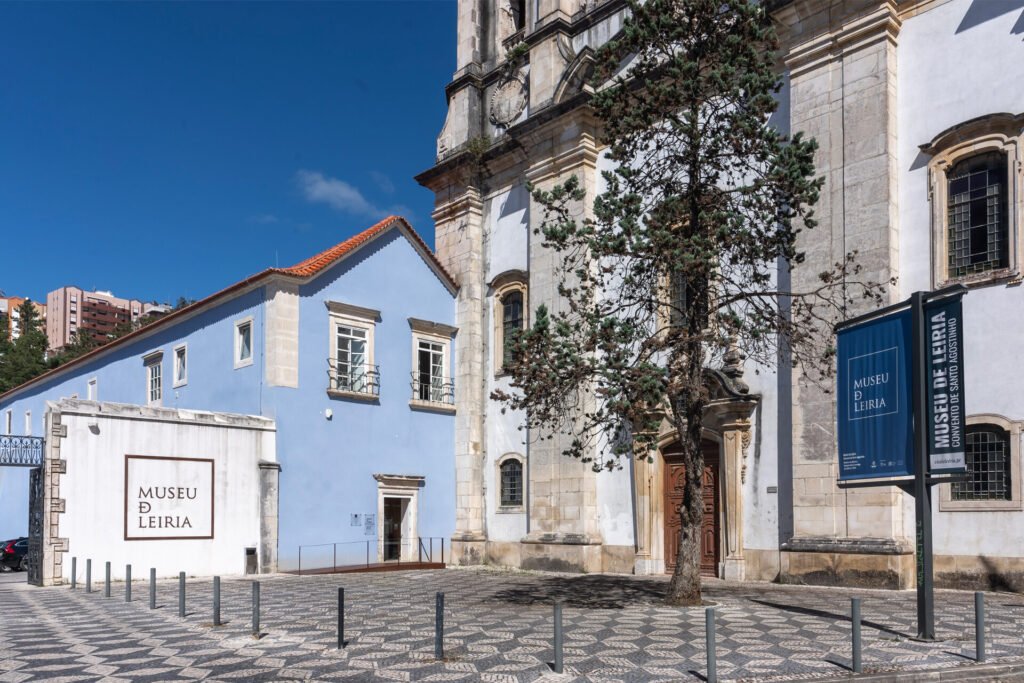
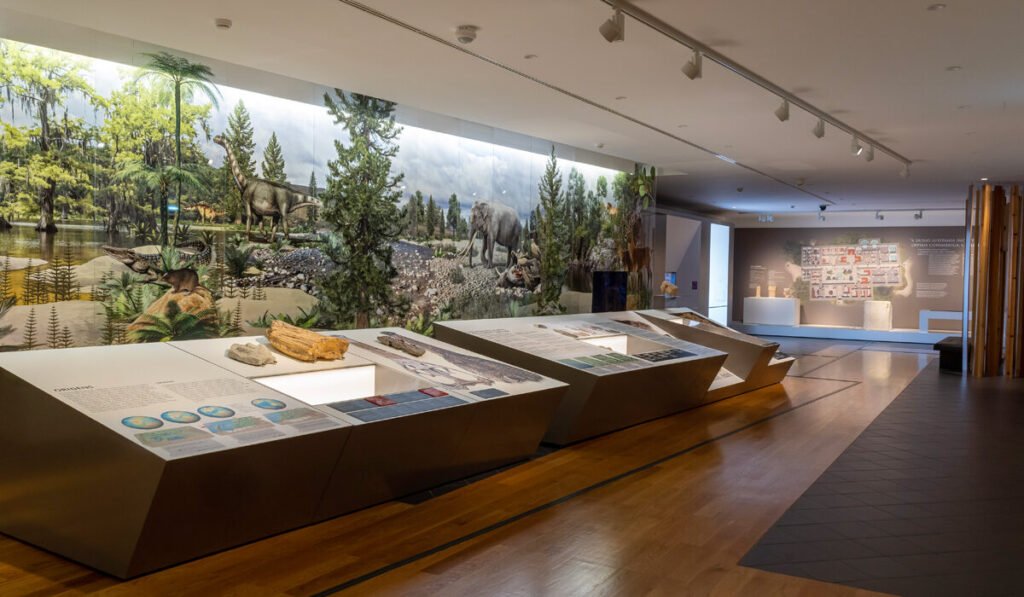
The Museu de Leiria, or Leiria Museum, houses an impressive collection spanning the centuries, from prehistoric artifacts to contemporary works. Housed in the former Santo Agostinho Monastery, a historic building, the museum is a must-see for any history buff.
Museum of the Moving Image
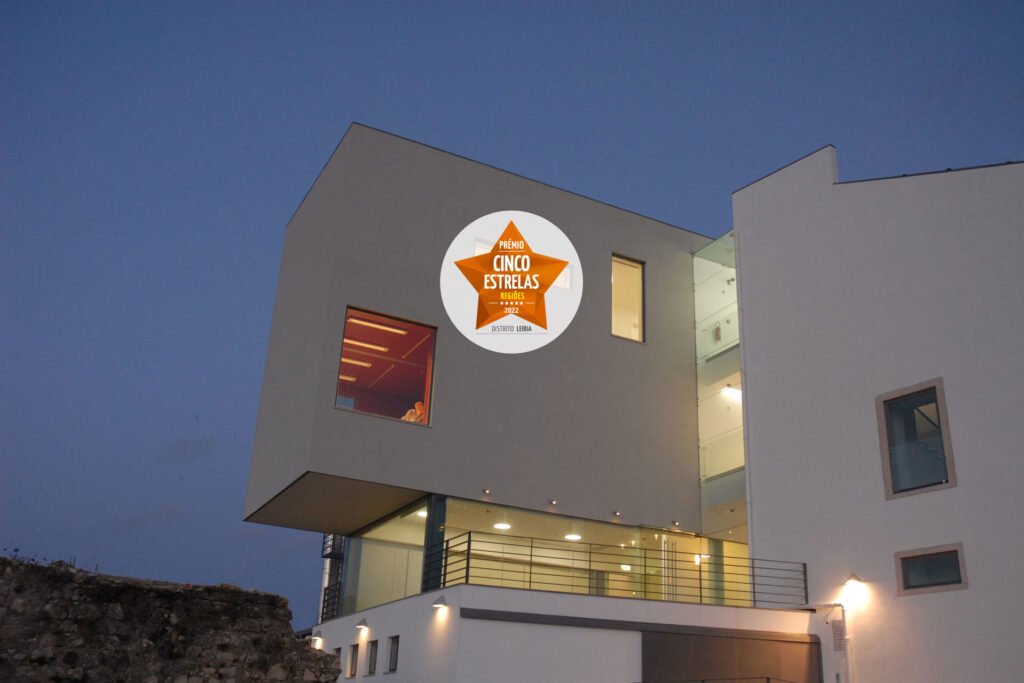
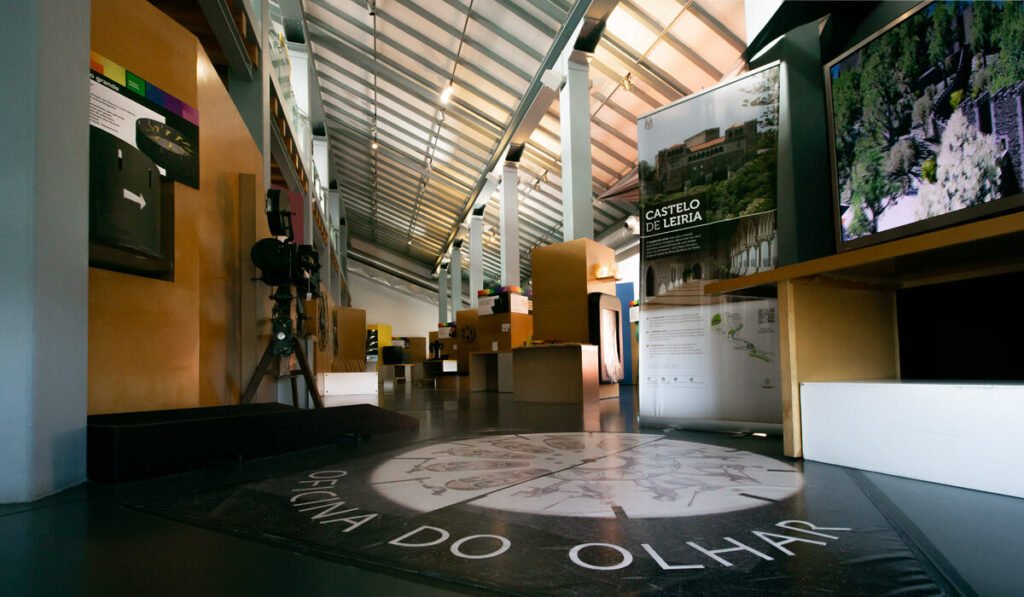
The Museu da Imagem em Movimento (Moving Image Museum) is dedicated to exploring and celebrating the art of film and visual media. The museum offers a variety of exhibitions that explore the history and evolution of the moving image, from the origins of cinema to contemporary digital media. Visitors can admire a range of artifacts, including vintage cameras, film reels, and interactive exhibits.
Glass Museum
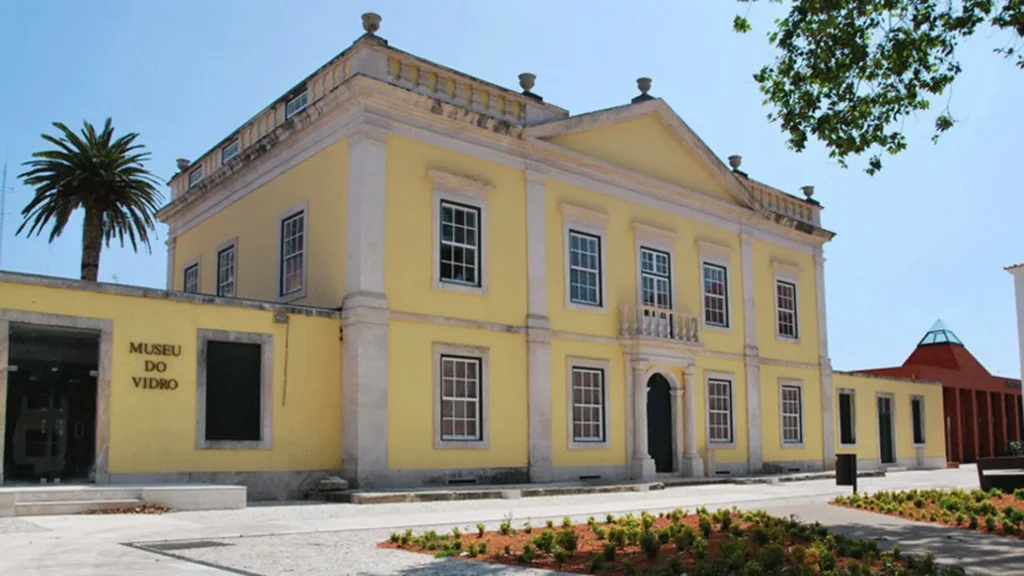
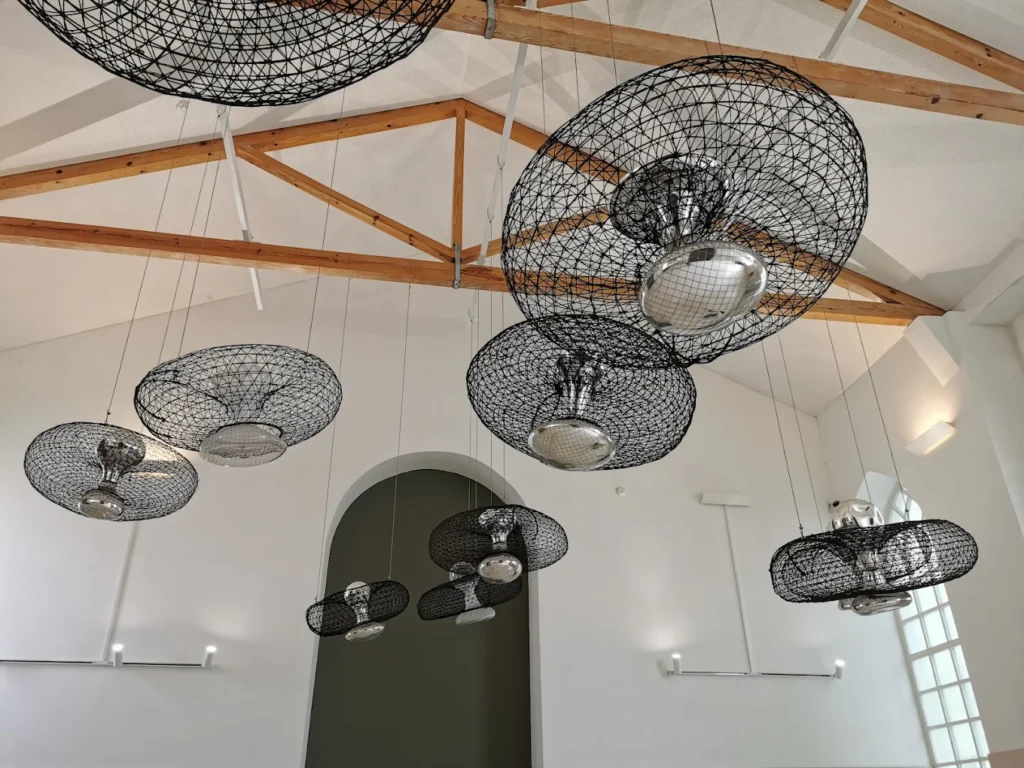
The Glass Museum houses a collection that bears witness to the industrial, artisanal, and Portuguese artistic glass from the mid-17th/18th century to the present day. It is the only museum dedicated specifically to the art, craft, and industry of glassmaking in Portugal.
